Editor's Picks
Articles
Latest
Most Viewed
Most Downloaded
Most Cited
Open Access
Case Report
Enhancing airway function and resolving mucus plugs: a case study on dupilumab treatment
Diego Bagnasco ... Fulvio Braido
Published: April 27, 2025 Explor Asthma Allergy. 2025;3:100980
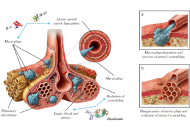
Open Access
Review
Evidence of house dust mite immunotherapy in paediatric asthma: a review
Melvin Lee Qiyu
Published: April 26, 2025 Explor Asthma Allergy. 2025;3:100979
This article belongs to the special issue Precision Medicine in Allergy and Rhinology
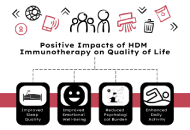
Open Access
Original Article
Effects of chronic allergic lung inflammation on gut microbiota and depression-like behavior in mice
Akihiro Kanaya ... Maya Mikami
Published: April 16, 2025 Explor Asthma Allergy. 2025;3:100978
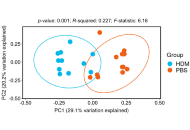
Open Access
Case Report
Transitioning adolescents and young adults with asthma: insights from a severe asthma series
Alessandro Dorato ... Aikaterini Detoraki
Published: April 14, 2025 Explor Asthma Allergy. 2025;3:100977
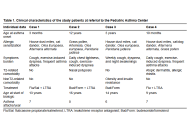
Open Access
Original Article
Impact of asthma on anxiety, depression, and quality of life: a Moroccan study
Nassiba Bahra ... Samira El Fakir
Published: April 09, 2025 Explor Asthma Allergy. 2025;3:100976
This article belongs to the special issue Asthma and its Relationship with Psychological and Psychopathological Factors
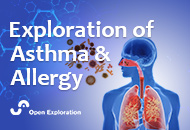
Open Access
Case Report
Once upon a time: the curious case of a backward story of EGPA
Diego Bagnasco ... Fulvio Braido
Published: March 20, 2025 Explor Asthma Allergy. 2025;3:100975
This article belongs to the special issue The Era of Biologics in Allergy
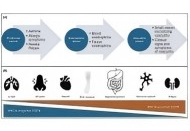
Open Access
Review
Management of asthma using probiotics
Amar P. Garg ... Bajeerao Patil
Published: February 20, 2024 Explor Asthma Allergy. 2024;2:9–32
This article belongs to the special issue Asthma and its Relationship with Psychological and Psychopathological Factors
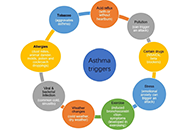
Open Access
Case Report
Isolated lettuce allergy in a medical student: case report and review of the literature
Kyle Alexander ... Nicolaos Nicolaou
Published: April 26, 2023 Explor Asthma Allergy. 2023;1:20–27

Open Access
Review
Exploring the therapeutic potential of algae derived food and diet factors in allergy and inflammation
Leonel Pereira, Ana Valado
Published: April 23, 2024 Explor Asthma Allergy. 2024;2:127–147
This article belongs to the special issue The Different Faces of Food Allergy

Open Access
Review
Molecular mechanisms of steroid-resistant asthma
Mandya V. Greeshma ... Padukudru Anand Mahesh
Published: November 20, 2023 Explor Asthma Allergy. 2023;1:174–185
This article belongs to the special issue Epidemiology of Asthma - Global Perspectives, Host and Environmental Risk Factors and Strategies for Mitigation
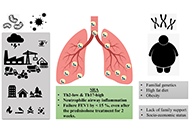
Open Access
Review
Multiple chemical sensitivity: a review of its pathophysiology
Cătălina Elena Lavric ... Frédéric de Blay
Published: July 29, 2024 Explor Asthma Allergy. 2024;2:350–362
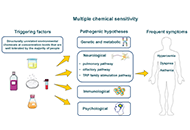
Open Access
Review
New therapeutic approaches with biological drugs for eosinophilic granulomatosis with polyangiitis
Alejandra Carrón-Herrero ... Giovanni Paoletti
Published: June 08, 2023 Explor Asthma Allergy. 2023;1:31–48
This article belongs to the special issue The Era of Biologics in Allergy
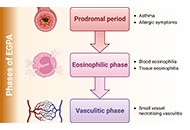
Open Access
Review
Biologic drugs and allergen immunotherapy: potential allies
Palma Carlucci ... Danilo Di Bona
Published: October 20, 2023 Explor Asthma Allergy. 2023;1:126–141
This article belongs to the special issue The Era of Biologics in Allergy
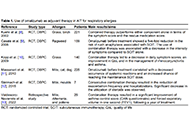
Open Access
Review
New therapeutic approaches with biological drugs for eosinophilic granulomatosis with polyangiitis
Alejandra Carrón-Herrero ... Giovanni Paoletti
Published: June 08, 2023 Explor Asthma Allergy. 2023;1:31–48
This article belongs to the special issue The Era of Biologics in Allergy

Open Access
Mini Review
Allergen-specific immunotherapy for allergic asthma: What’s new?
Chiara Asperti ... Stephen R. Durham
Published: February 29, 2024 Explor Asthma Allergy. 2024;2:76–84
This article belongs to the special issue Precision Medicine in Allergy and Rhinology
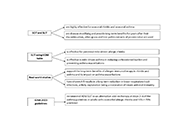
Open Access
Review
Current approach to moisturizer and emollient utilization in atopic dermatitis: a review
Serap Maden
Published: August 27, 2024 Explor Asthma Allergy. 2024;2:441–449
This article belongs to the special issue Atopic Dermatitis – Pathology and Treatment modalities
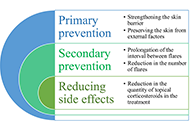
Open Access
Review
Management of asthma using probiotics
Amar P. Garg ... Bajeerao Patil
Published: February 20, 2024 Explor Asthma Allergy. 2024;2:9–32
This article belongs to the special issue Asthma and its Relationship with Psychological and Psychopathological Factors

Open Access
Review
A mini-update on chronic rhinosinusitis
Sepideh Darougar ... Pantea Bozorg Savoji
Published: September 19, 2024 Explor Asthma Allergy. 2024;2:473–484
This article belongs to the special issue Update on Chronic RhinoSinusitis
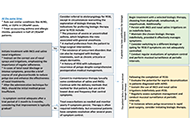
Open Access
Review
Exploring the therapeutic potential of algae derived food and diet factors in allergy and inflammation
Leonel Pereira, Ana Valado
Published: April 23, 2024 Explor Asthma Allergy. 2024;2:127–147
This article belongs to the special issue The Different Faces of Food Allergy

Open Access
Letter to the Editor
Impact of the standardization unit’s definition on the in vitro biological potency of allergen extracts
Thierry Batard ... Laurent Mascarell
Published: August 27, 2023 Explor Asthma Allergy. 2023;1:107–114
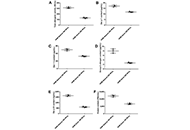
Open Access
Review
Catching your breath: unraveling the intricate connection between panic disorder and asthma
Graziella Chiara Prezzavento
Published: April 08, 2024 Explor Asthma Allergy. 2024;2:97–110
This article belongs to the special issue Asthma and its Relationship with Psychological and Psychopathological Factors
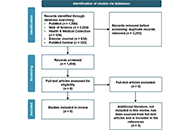
Open Access
Review
The impact of occupational exposures on chronic rhinosinusitis: a scoping review
Aurelia S. Monk ... Adam J. Kimple
Published: July 19, 2024 Explor Asthma Allergy. 2024;2:301–318
This article belongs to the special issue Environment, Infectious Diseases, and Allergy
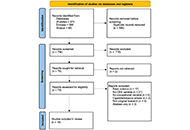
Open Access
Review
A mini-update on chronic rhinosinusitis
Sepideh Darougar ... Pantea Bozorg Savoji
Published: September 19, 2024 Explor Asthma Allergy. 2024;2:473–484
This article belongs to the special issue Update on Chronic RhinoSinusitis

Open Access
Mini Review
Small airway dysfunction and impulse oscillometry in adult patients with asthma: recent findings
Marcello Cottini ... Alvise Berti
Published: October 31, 2023 Explor Asthma Allergy. 2023;1:163–173
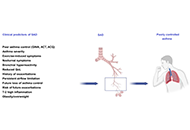
Special Issues
Ongoing Special lssues
Completed Special lssues
Bridging Experimental and Translational Allergology
Prof. Torsten Zuberbier Dr. Katarina Stevanovic
October 31, 2025
Published Articles: 0

Climate Change, Allergy, and Immunotherapy
Dr. Laurent Mascarell
December 31, 2025
Published Articles: 0
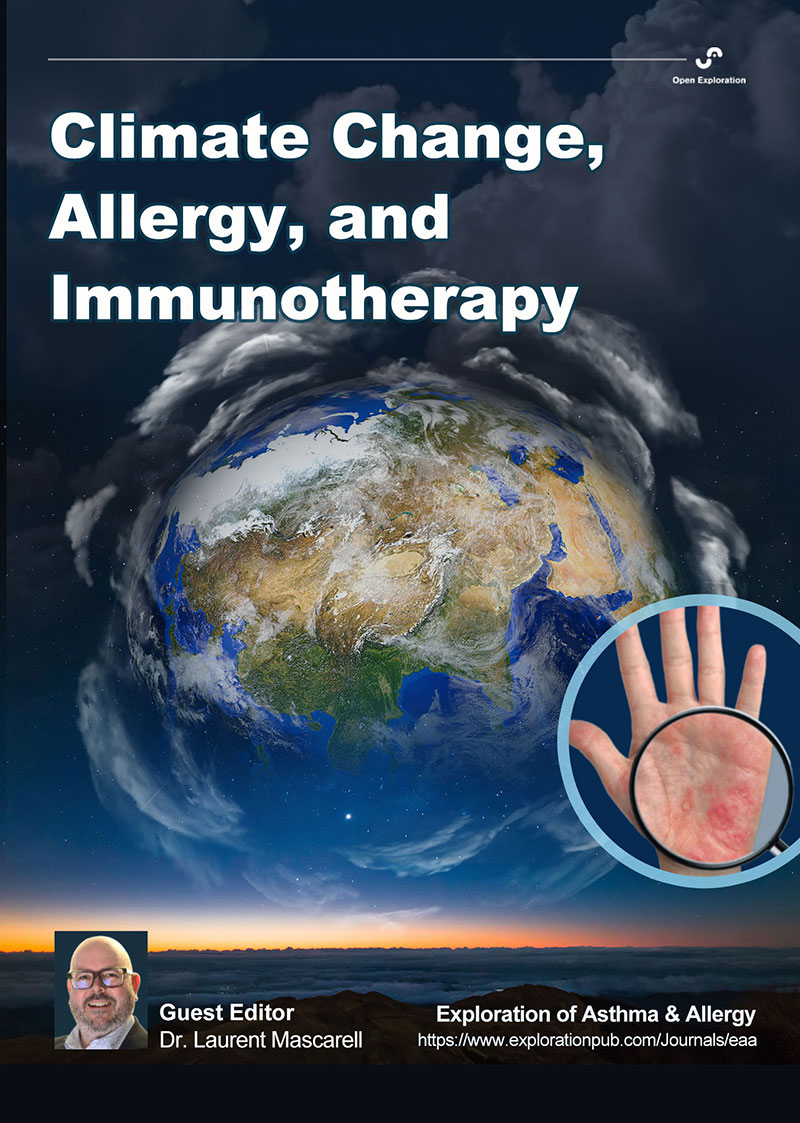
Practical Issues in Pediatric Allergy
Prof. Nelson A. Rosario Filho Prof. Herberto J. Chong Neto
September 30, 2025
Published Articles: 0
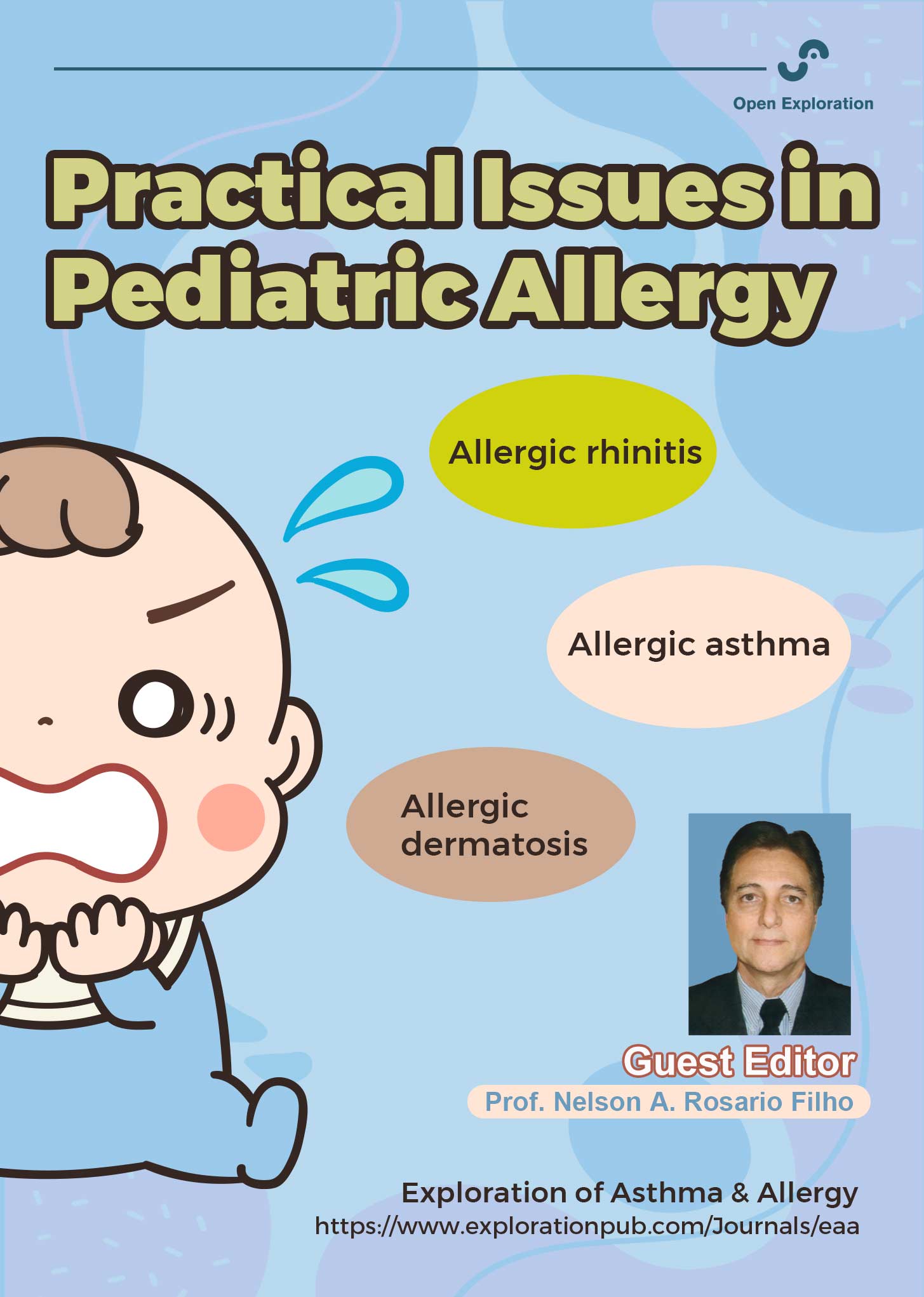
Asthma, Allergies, and Respiratory Infections in Pediatric Age
Prof. Michele Miraglia del Giudice Dr. Cristiana Indolfi Dr. Angela Klain Dr. Giulio Dinardo
September 30, 2025
Published Articles: 1
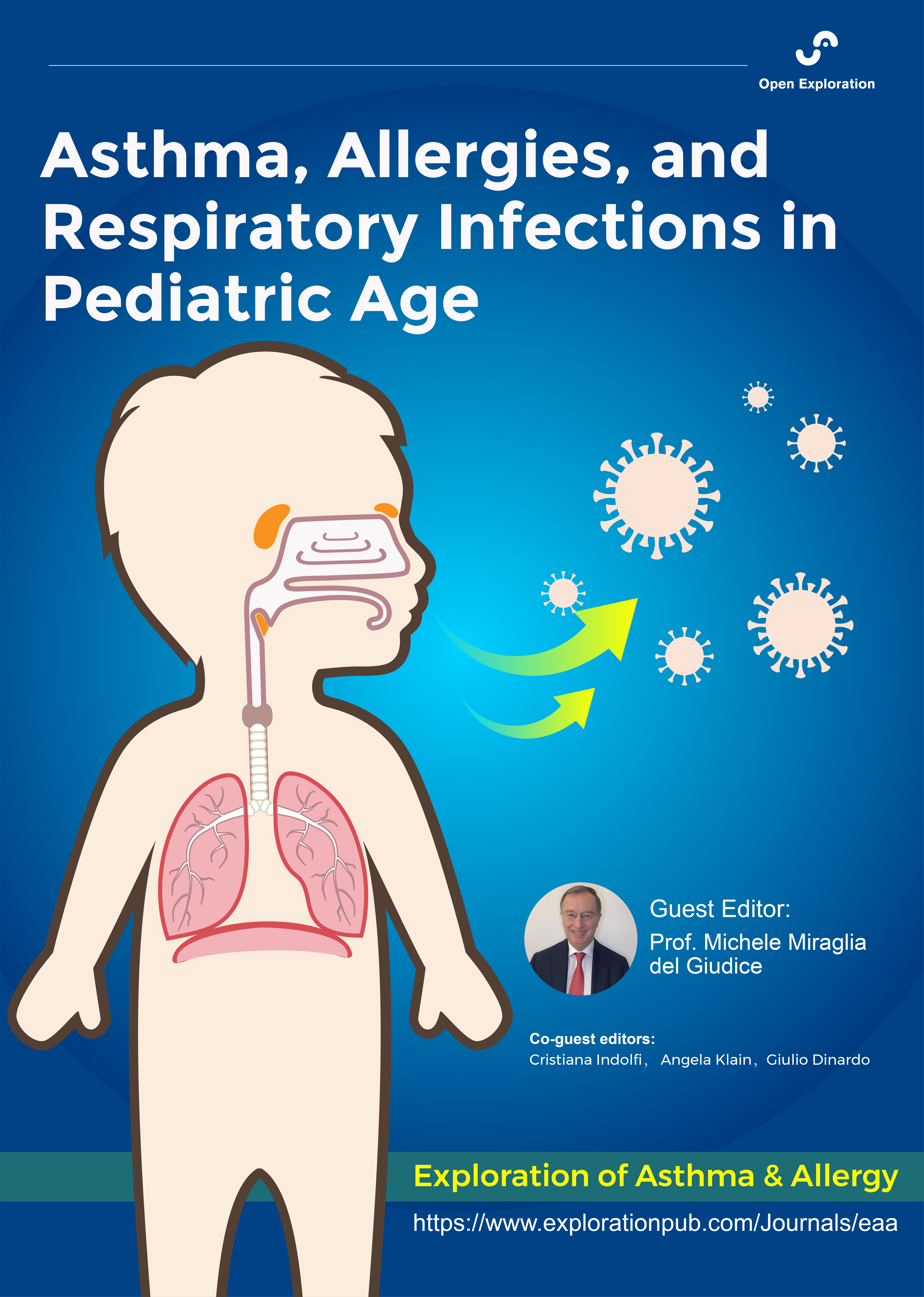
Beyond Eosinophilic Gastrointestinal Diseases: Pathogenetic Mechanisms and Therapeutic Strategies
Dr. Eleonora Nucera
September 30, 2025
Published Articles: 0
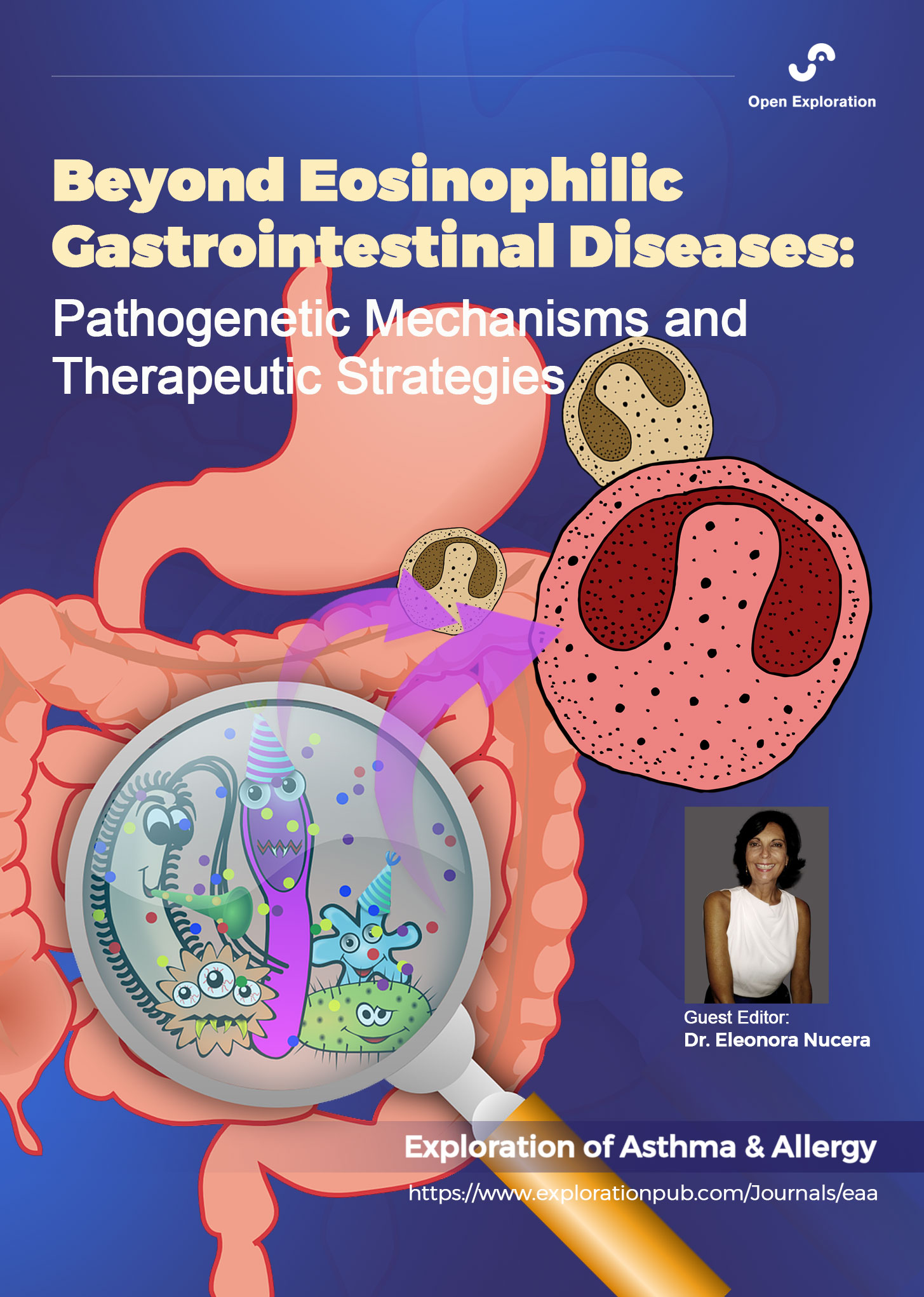
Atopic Dermatitis – Pathology and Treatment Modalities
Prof. Somasundaram Arumugam
September 30, 2025
Published Articles: 5
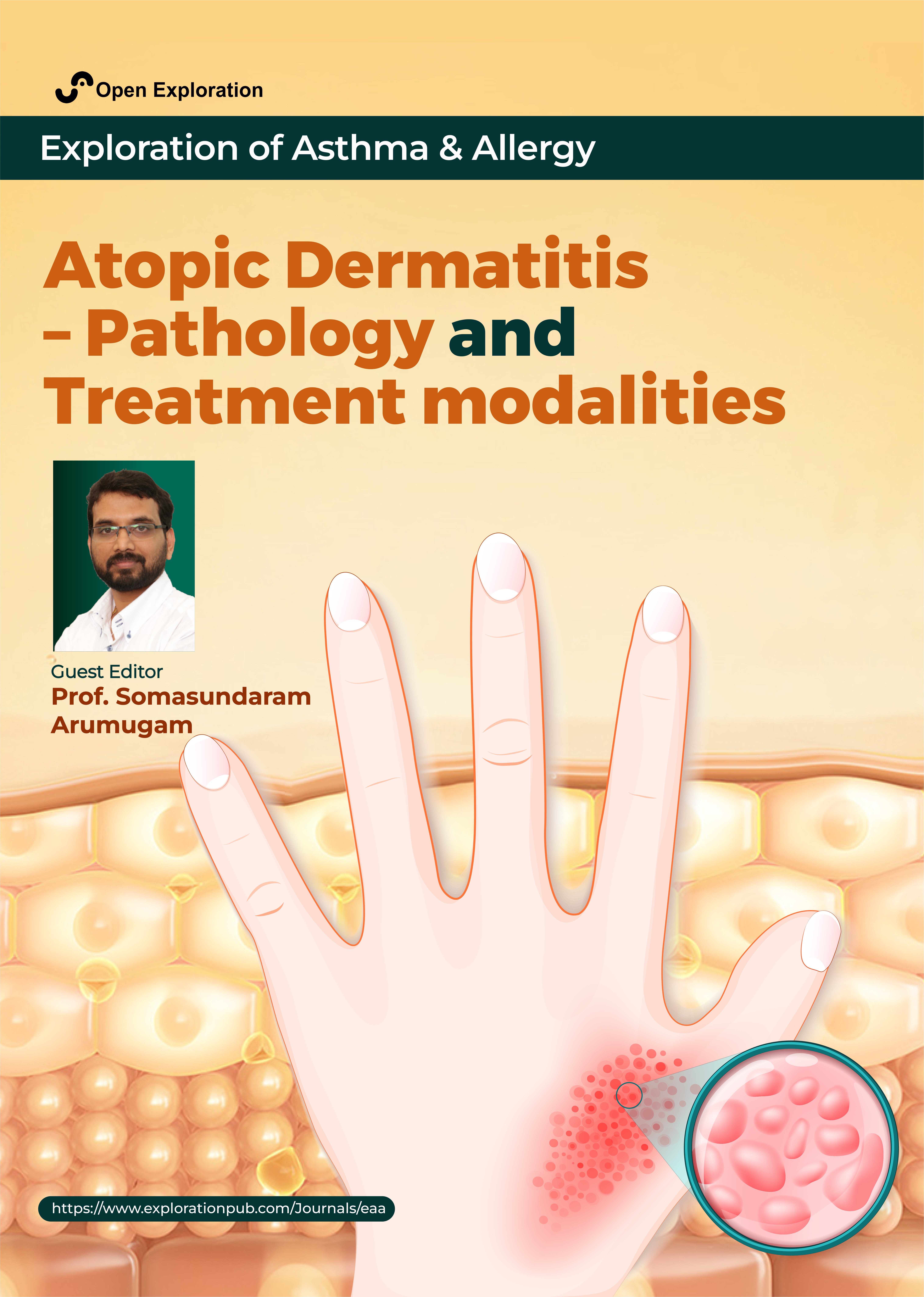
Molecules Involved in the Phenotypes of Asthma and/or Allergic Diseases
Prof. Ken Ohta
September 30, 2025
Published Articles: 2
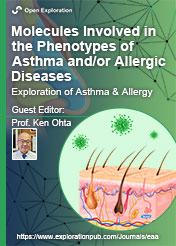
Environment, Infectious Diseases, and Allergy
Prof. Vincenzo Patella
September 30, 2025
Published Articles: 1
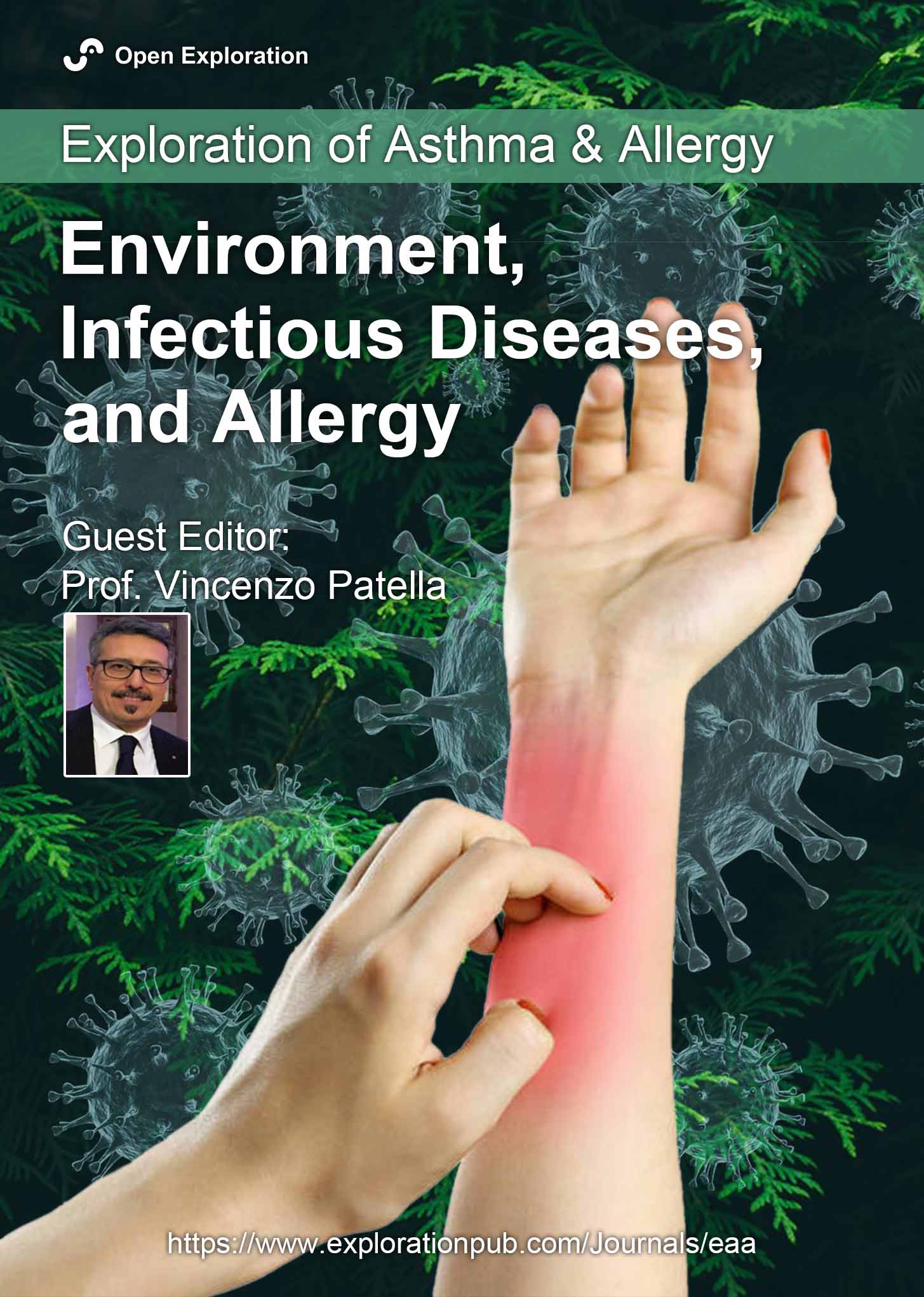
Innate Immune Mechanisms in Allergic Diseases
Prof. Uday Kishore Dr. Ahmad Al Aiyan Dr. Ann Mary Joseph
September 30, 2025
Published Articles: 0
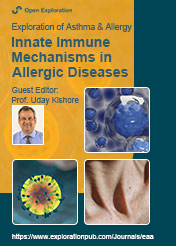
Airway Epithelial Cells in Asthma
Prof. Garry M. Walsh
September 30, 2025
Published Articles: 1
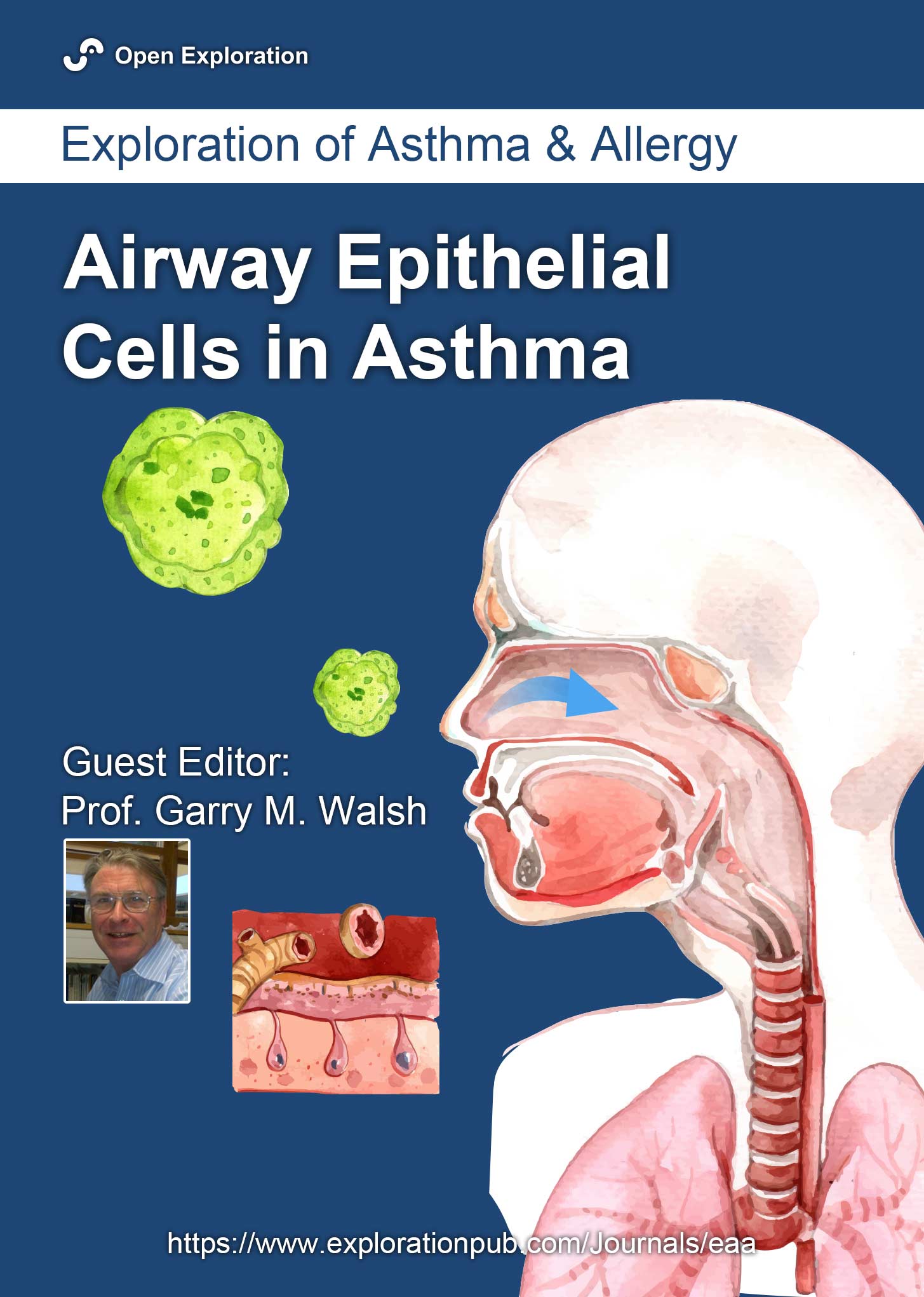
Epidemiology of Asthma - Global Perspectives, Host and Environmental Risk Factors and Strategies for Mitigation
Prof. Padukudru Anand Mahesh
July 30, 2025
Published Articles: 1
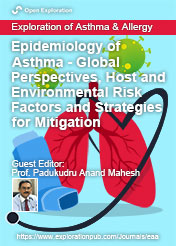
Update on Chronic Rhinosinusitis
Prof. Ludger Klimek
September 30, 2025
Published Articles: 4
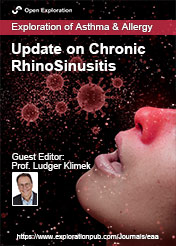
Asthma and its Relationship with Psychological and Psychopathological Factors
Prof. Pasquale Caponnetto
September 30, 2025
Published Articles: 4
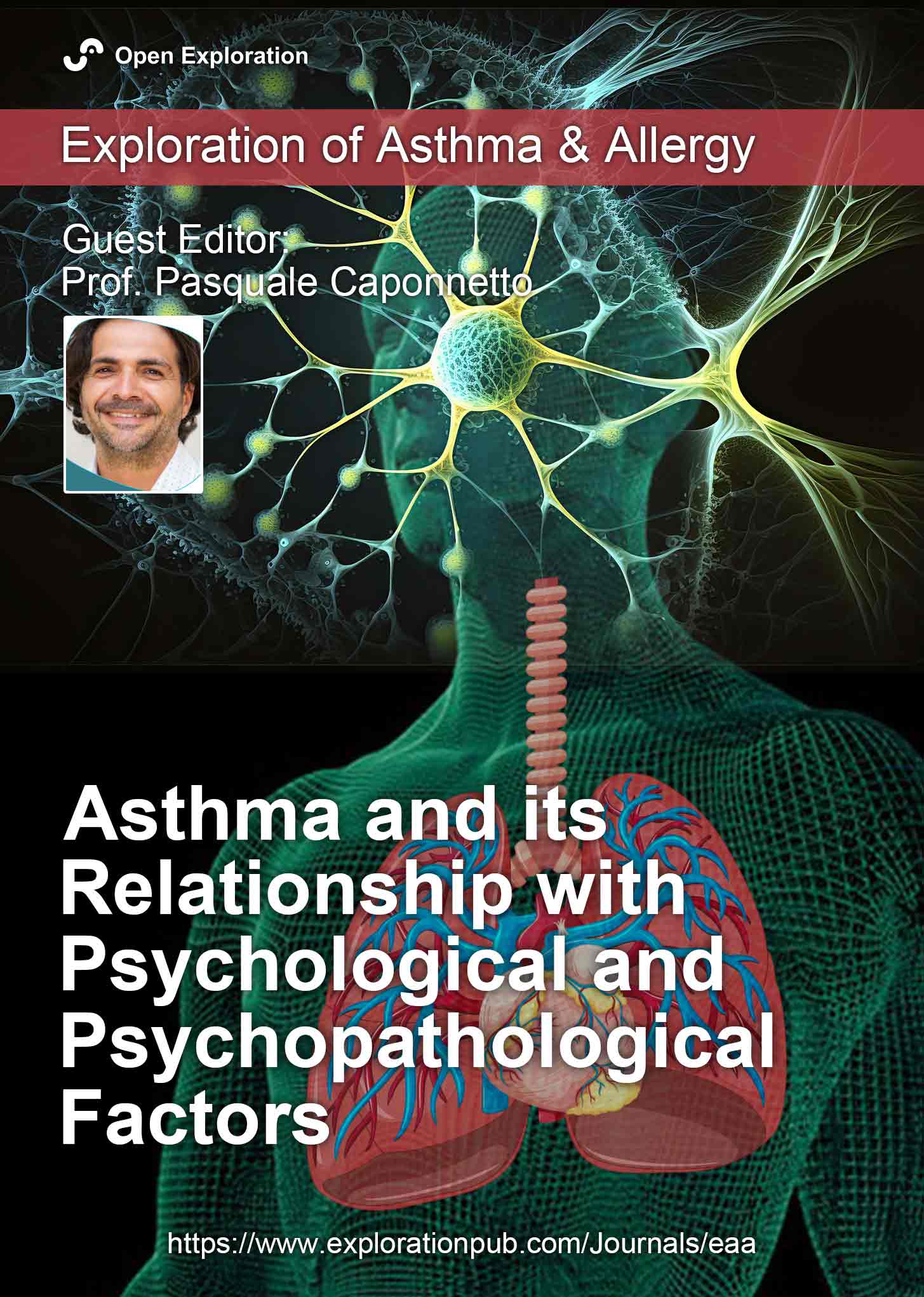
The Global Picture of Asthma after Guideline Changes and the COVID Pandemics
Prof. Désirée Larenas-Linnemann
September 30, 2025
Published Articles: 5
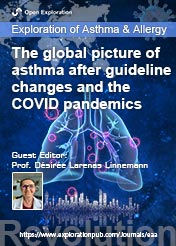
The Era of Biologics in Allergy
Prof. Giovanni Paoletti
September 30, 2025
Published Articles: 7
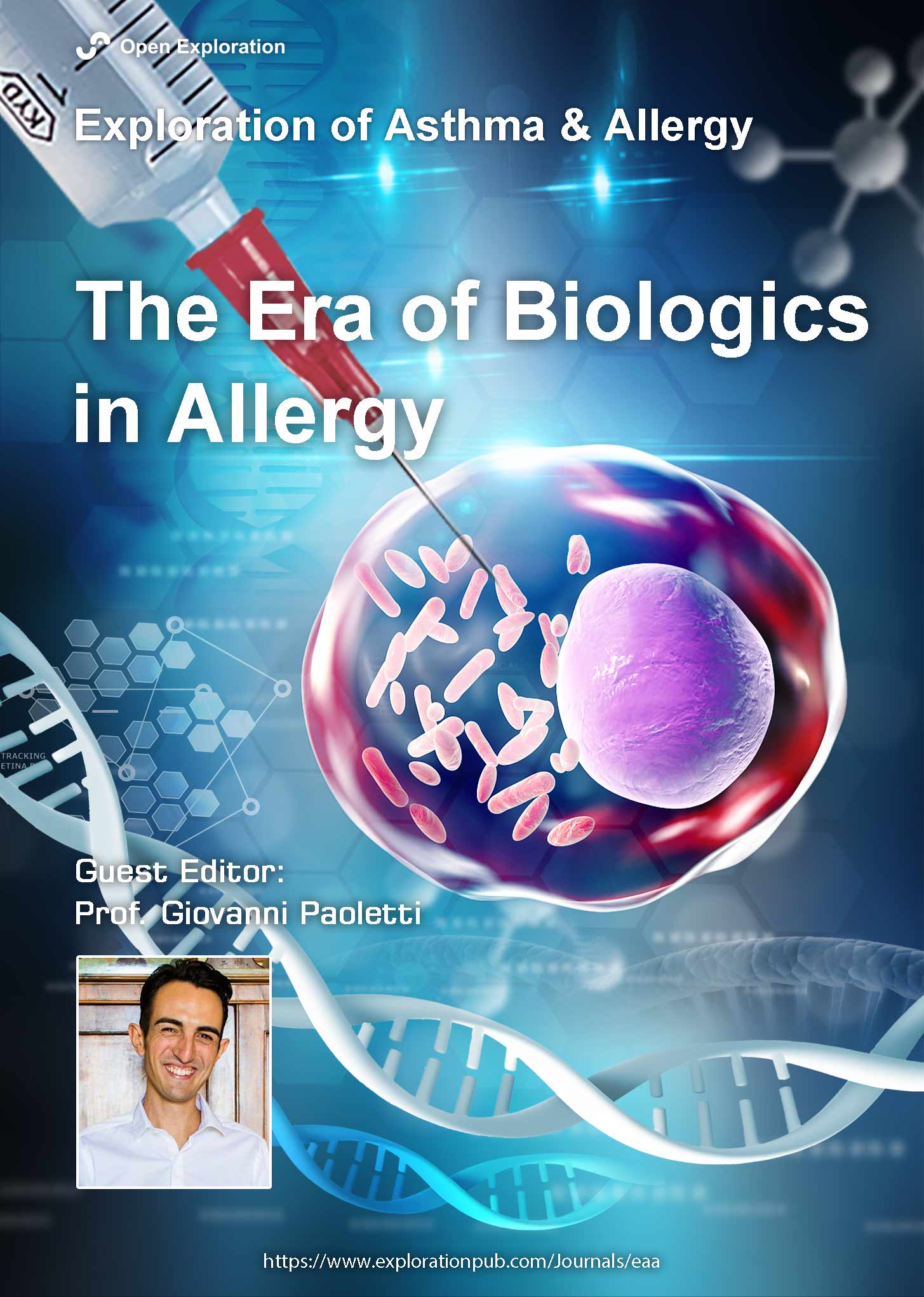
Precision Medicine in Allergy and Rhinology
Prof. Pongsakorn Tantilipikorn Dr. Dichapong Kanjanawasee
September 30, 2025
Published Articles: 5
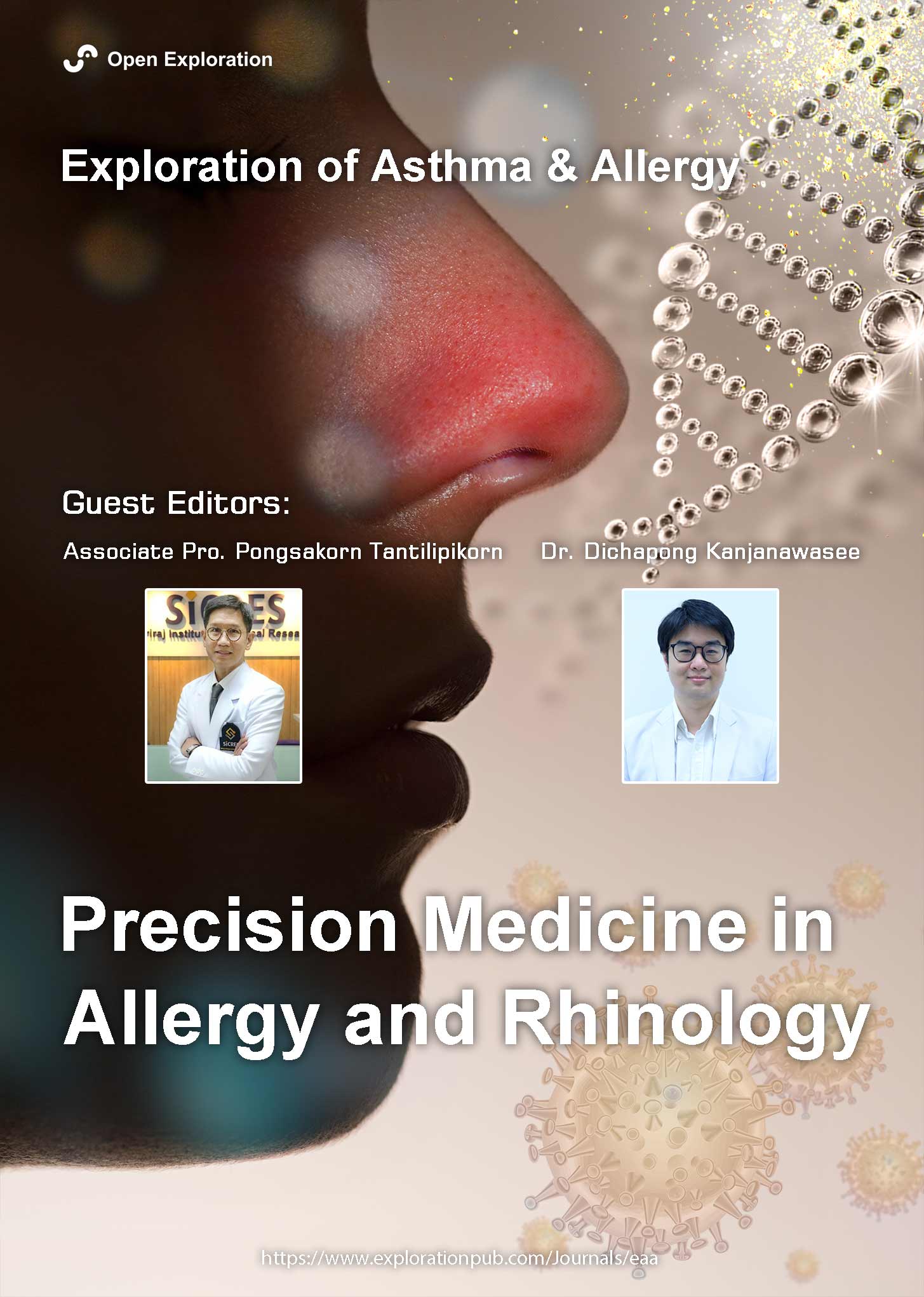
Journal Information
Journal Indexing
Journal Metrics
Article Usage (total)
Views: 135,365
Downloads: 3,008



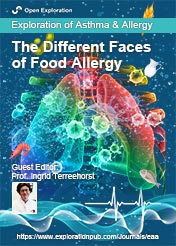





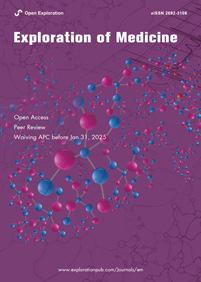
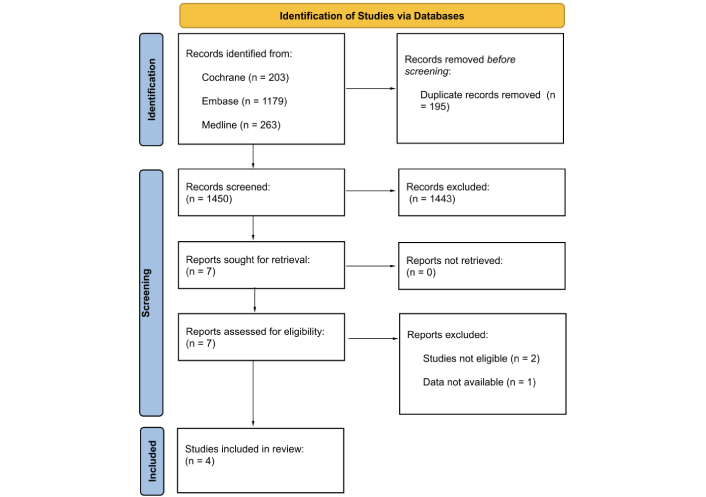 Title: Unravelling the interplaybetween #Harmattan wind andbaroreflex functions: implicationon environmental health andcardiovascular #pathophys
Title: Unravelling the interplaybetween #Harmattan wind andbaroreflex functions: implicationon environmental health andcardiovascular #pathophys


